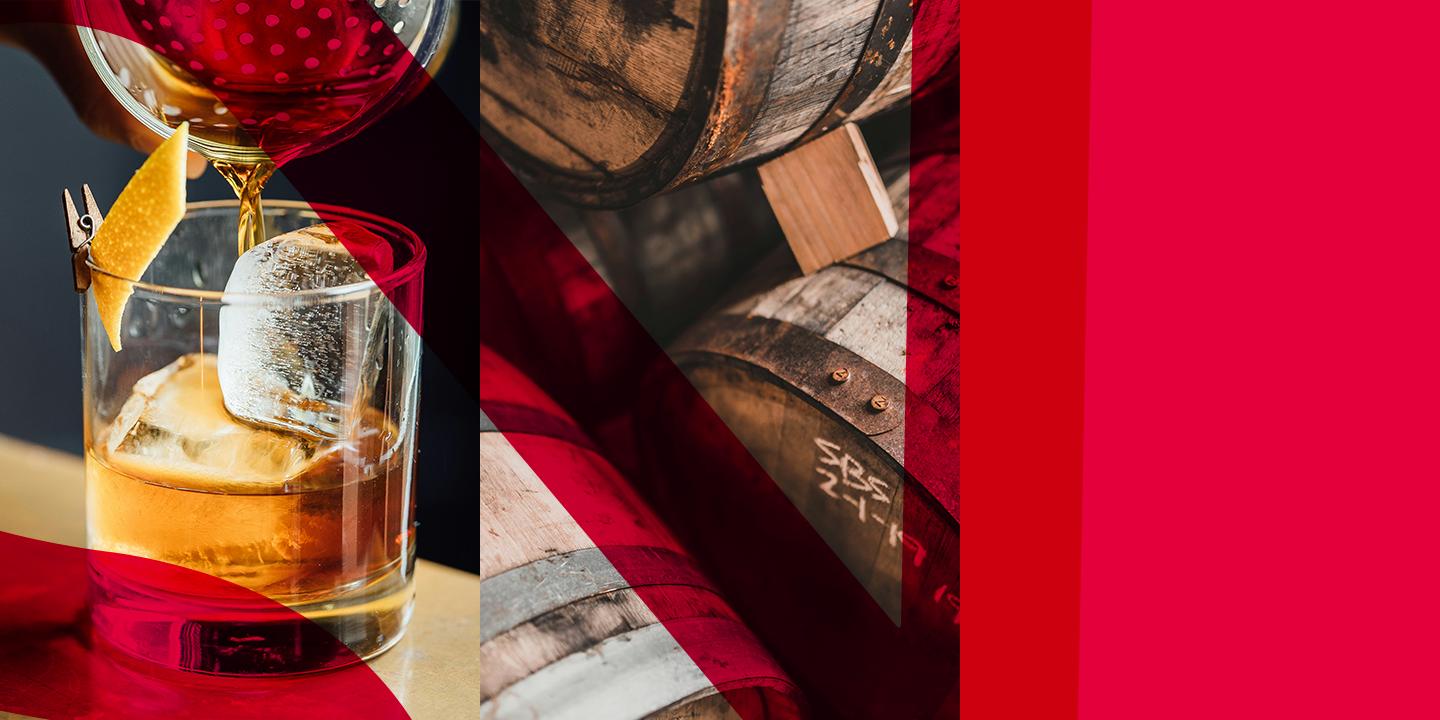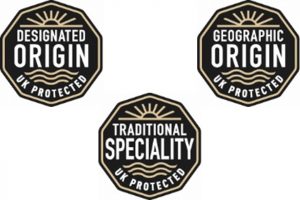Kenneth MacLeod
- Associate

The host of an evening dinner party, frantically searching their local grocery store for something unique to serve, might find inspiration in products labelled “Orkney Beef” and “Orkney Scottish Island Cheddar” both backed by the new UK Geographical Indications scheme logo. This is the logo that all UK producers of products registered with the scheme must use on their labelling and packaging. It replaced the EU Geographical Indications scheme after Brexit.

Geographical indications (GIs) are protected names that producers can use to associate their eligible products with a particular geographical region of origin. Perhaps the most famous GI is “Champagne” –sparkling white wine from the Champagne region of France. Closer to home, only Scottish whisky can be “Scotch Whisky”.
Each GI has its own eligibility criteria depending on the type of product. For example, Orkney Beef, as the name implies, “is derived from cattle born and reared in the Orkney Isles and which were slaughtered and dressed in Orkney”. Cattle born in Orkney but slaughtered in East Lothian, would not qualify. GIs can range considerably in scale of the region to which they are connected. Only those pork pies made following a particular traditional recipe within a certain vicinity of Melton Mowbray can use the GI “Melton Mowbray Pork Pie”. Conversely, the “English Regional Wine” GI can be used for most wines produced in England.
GIs can be a valuable IP asset to producers. It allows them to demonstrate, with a level of official recognition, that their product is of quality that is generally accepted by consumers as distinctive. This distinctiveness can have great commercial value to producers who want their product to appeal to customers in the market for something separate and apart from the generic. It will also enable those in the licensed trade to demonstrate the provenance of the products they are using across their venues, which is something that we know consumers are increasingly interested in.
The question is, does the Scotch Whisky GI indicate, with the right level of specificity, the distinctiveness of the geographical region of origin of each whisky from Scotland? As with wines, beers, and other alcoholic drinks, there are many different types of Scotch whiskies that are associated with a particular region. According to the Scotch Whisky Association, there are five Scotch Whisky regions – Campbeltown, Highland, Islay, Lowland and Speyside. According to the association’s website, single malt whiskies from each region have a distinct flavour that sets them apart from the other regions. A consumer who buys a bottle of Scotch whisky bearing the Scotch Whisky GI can be assured, at the very least, that this whisky was produced in Scotland. However, can said consumer be offered the same assurance, equivalent to that offered by a GI, that the whisky originates from the specific whisky region it claims to be from?
To some extent it can. Regulation 10(1) of Scotch Whisky Regulations 2009 says that a whisky cannot be labelled in a way that includes the name of a region unless the whisky has been distilled in that region. This means that if a bottle of Scotch whisky has “Speyside” written somewhere on the bottle or packaging, then it can generally be safely assumed that it was distilled in that region.
However, compliance with a regulatory structure alone does not amount to an IP asset in the same way a logo-backed GI does. The average Scotch whisky consumer is unlikely to be aware of the UK GI scheme or the Scotch Whisky Regulations. Compliance with the former however permits a producer to use a recognisable logo with goodwill attached to it. Compliance with the latter, does not. Since a producer can only use those GIs which are registered within the scheme, it would not be lawful to use a “Speyside Scotch Whisky” GI.
New GIs are regularly added to the UK GI scheme to reflect consumer habits and recognise distinct types of products. Last year, Single Malt Welsh Whisky was added to the UK GI register. If Welsh Whisky can be said to have a distinctiveness that warrants its own GI, a similar argument could be made for each of the whisky regions to have their own GI under the UK scheme.
If producers of Scotch whisky could use GIs bespoke to their region of origin, more specific than that of simply Scotland, consumers in the market for the distinctiveness of that region, can be offered assurance, more readily marketable than simple regulatory compliance, that the whisky they are buying really does come from their preferred region.
For more information, please contact Kenneth MacLeod or your usual Anderson Strathern contact.
You might also be interested in these articles: